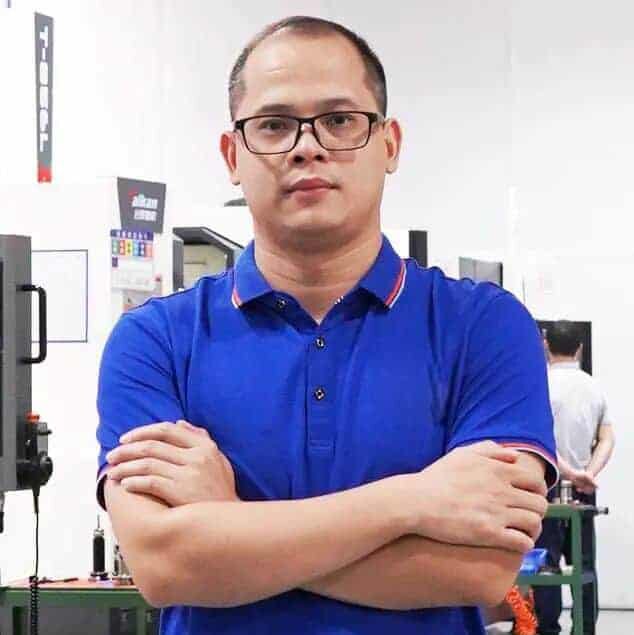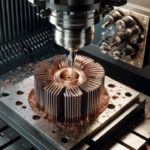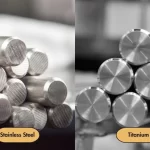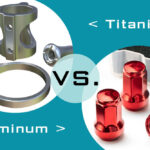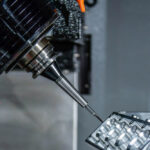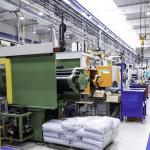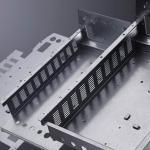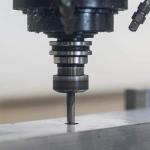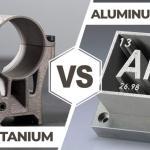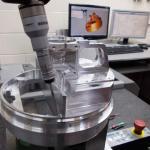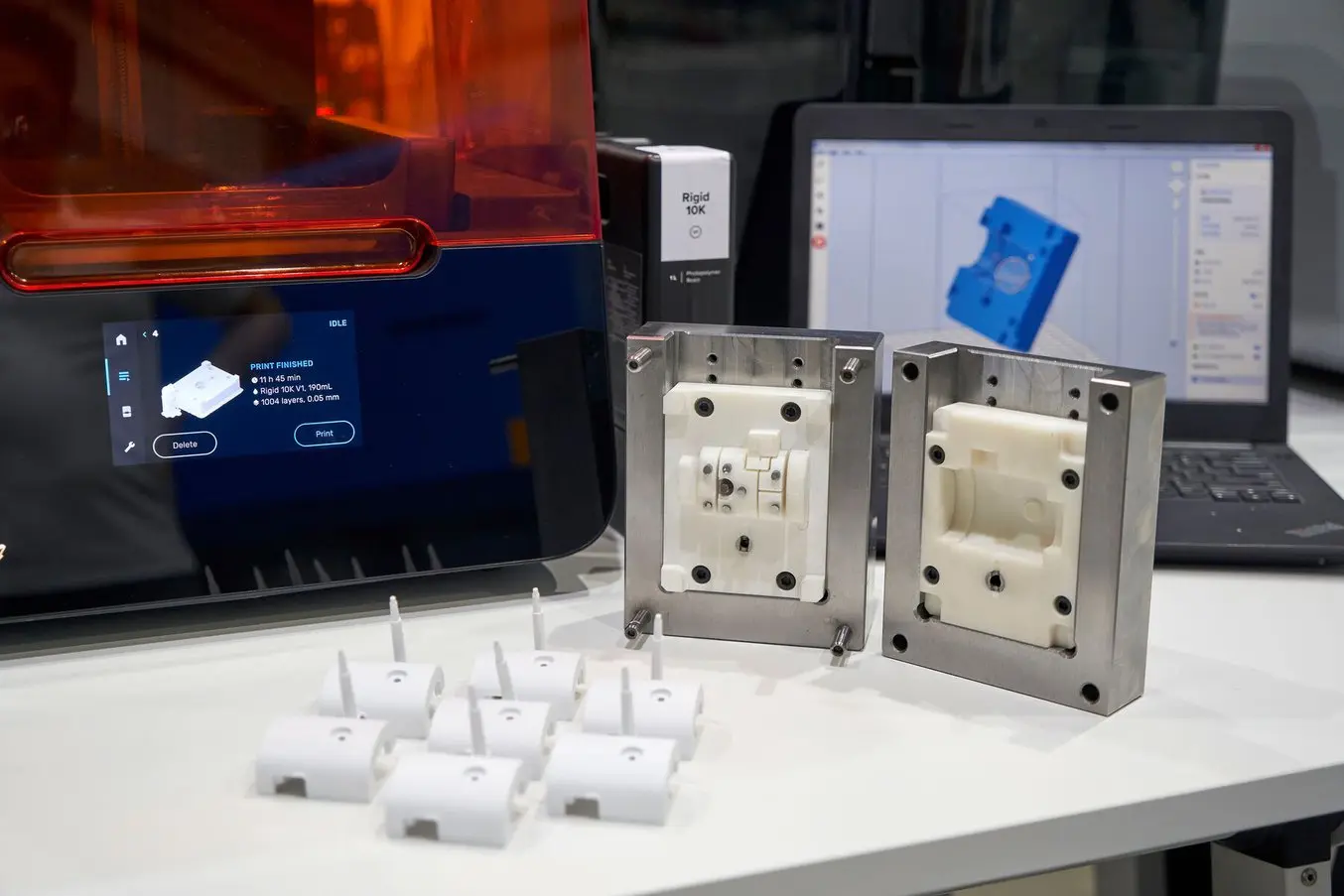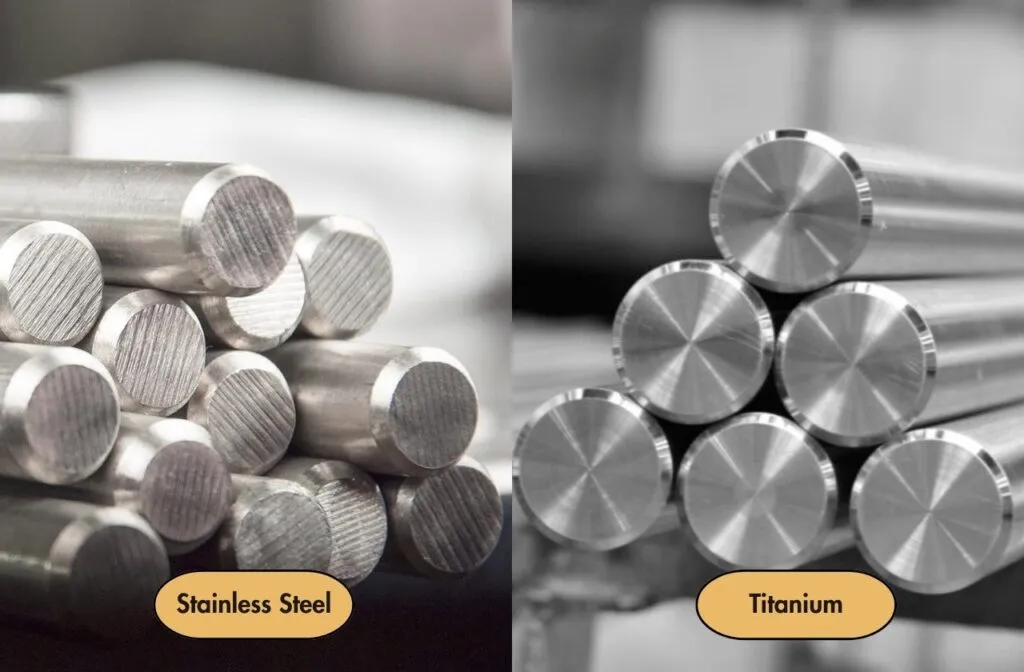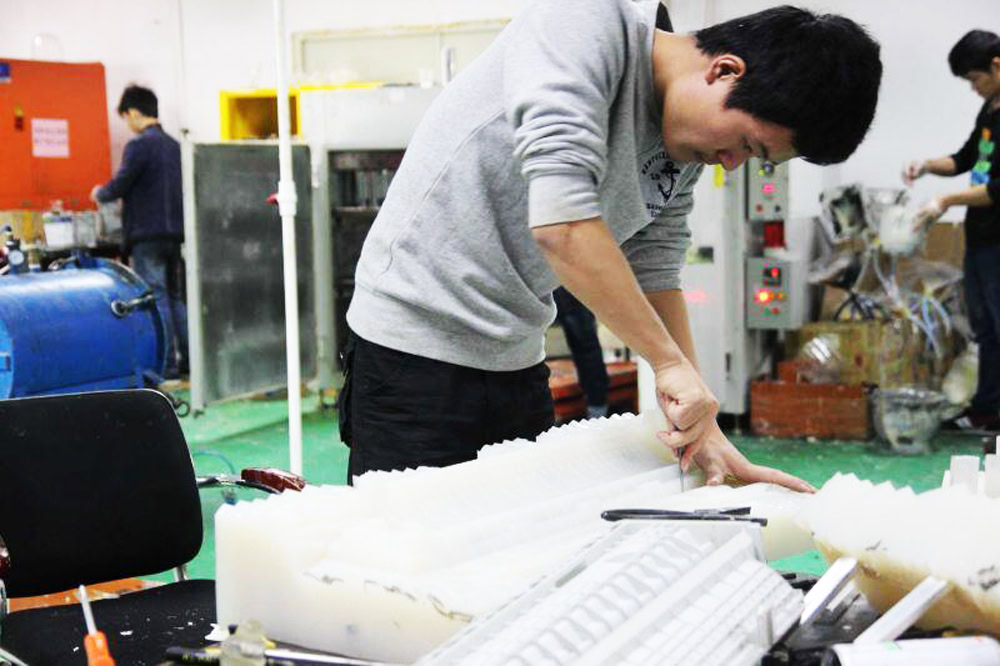Polycarbonate (PC) was first discovered in 1898 by Alfred Einhorn at the University of Munich. It was not until 1953 that Bayer obtained the first patent for manufacturing polycarbonate and named it “Makrolon”. Since then, polycarbonate (PC) has become an increasingly popular material in manufacturing. Today, approximately 2.7 million tons of polycarbonate are produced globally each year. Over the years, different companies have created different polycarbonate formulations, so there are several industrial grades of polycarbonate to choose from. Some forms contain more fiberglass reinforcement, while others contain additives such as UV stabilizers to protect against long-term sun exposure.
Table of Contents
ToggleWhat is polycarbonate (PC)?
Polycarbonate (PC) is an amorphous engineering thermoplastic, meaning it tends to soften before melting and has no fixed melting point. Manufacturers process polycarbonate into black or clear sheets and rods. Its clarity, shatter resistance and light weight make it an excellent alternative to glass. Compared to other engineering plastics such as acrylic, PC (polycarbonate) is able to withstand impact while offering optical clarity, UV resistance and higher than normal temperature resistance. Polycarbonate (PC) is the material of choice for parts requiring clarity and impact strength. However, CNC machining polycarbonate by itself does not produce optically clear parts, so some further finishing is required.
Polycarbonate (PC) is an ideal plastic material for CNC machining because of its excellent mechanical properties, including good impact strength, hardness, toughness and high temperature resistance, and is easy to process. PC products processed by CNC are widely used in semiconductor, machinery, transportation, electronics, optics, automobile, medical and other industries.
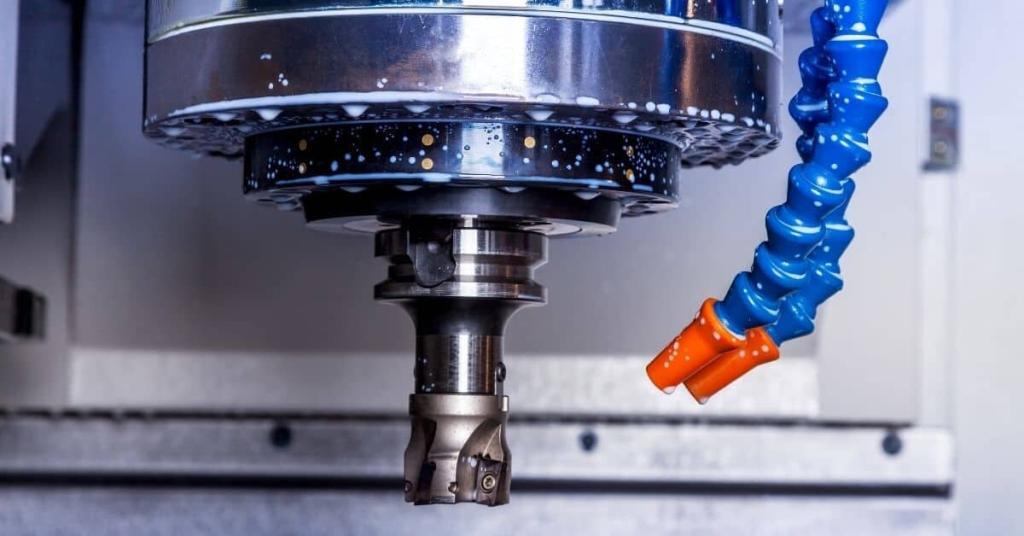
AN-Prototype utilizes CNC machining techniques including multiple milling, turning, drilling, etc. to process polycarbonate in black or clear sheet and rod. Our CNC facilities and equipment are advanced enough to minimize operating errors and vibrations during machining, which greatly enables us to manufacture PC components with stable quality and precision. AN-Prototype offers four grades of CNC machined polycarbonate material:
- Black
- Clear
- Translucent
- 20% Glass-Filled
How Polycarbonate (PC) is Made?
Each company makes polycarbonate slightly differently, but polycarbonate materials are traditionally made through the polycondensation reaction of bisphenol A and phosgene. However, because phosgene is highly toxic, many companies have started to use diphenyl carbonate instead of phosgene.
Regardless of using phosgene or diphenyl carbonate, it is necessary to mix the sodium hydroxide solution of bisphenol A with the phosgene or diphenyl carbonate solution in an organic solvent to polymerize. When polycarbonate is formed, it is initially in a liquid state. The solution is evaporated to form particles, or ethanol needs to be introduced to precipitate solid polymer.
Once produced, polycarbonate is typically sold in rod, cylinder or sheet form and can be used in a variety of manufacturing processes. Polycarbonate is suitable for thermoforming, extrusion and blow molding, but is most commonly used for CNC machining and injection molding. After all, as a thermoplastic, polycarbonate can be melted, cooled and reheated without burning or significantly degrading, making it an ideal material for injection molding.
During injection molding, polycarbonate needs to be processed at high temperatures and injected into the mold at high pressure because polycarbonate is very viscous. The melt temperature should be between 280°C and 320°C and the mold temperature should be between 80°C and 100°C. However, these figures may vary depending on the grade of polycarbonate used. For example, high-heat polycarbonate requires melt temperatures between 310°C and 340°C and mold temperatures between 100°C and 150°C, while PC-ABS (polycarbonate/acrylonitrile butadiene styrene ) The melt temperature of the blend only needs to be between 240°C and 280°C, and its mold temperature can be as low as 70°C and as high as 100°C.
Properties and Mechanical Specifications of Polycarbonate Materials
While polycarbonate comes in a variety of grades, each with its own molecular weight, structure, and properties, there are a few things that all polycarbonates have in common.
They are known for their toughness and high impact resistance. Therefore, polycarbonates are often used in applications requiring reliability and high performance. Despite its toughness and strength, polycarbonate is lightweight, allowing a wide range of design possibilities compared to other materials.
Polycarbonate is also very heat and fire resistant. Polycarbonate can remain tough at temperatures up to 140°C, which means polycarbonate parts can withstand repeated sterilization. Polycarbonate also has greater than 90 percent light transmission and good chemical resistance to dilute acids, oils, greases, aliphatic hydrocarbons and alcohols.
The properties of polycarbonate depend on its molecular mass and structure, so each material is slightly different. To give you an idea of what you can expect, here are some typical key features and specifications:
- Specific gravity: 1.21
- Melt temperature: 295 – 315°C
- Mold temperature: 70 – 95°C
- Heat deflection temperature: 137°C at 0.45 MPa
- Tensile strength: 61 MPa
- Bending strength: 90 MPa
- Shrinkage: 0.5 – 0.7%
- Rockwell hardness: 118R
As you can see, polycarbonate manufacturing has many advantages. However, there are a few things you need to know before choosing this material for your project. For example, its mechanical properties may decrease after prolonged exposure to water above 60°C. Polycarbonate is also prone to scratches, is more expensive to manufacture than many other materials, and is susceptible to dilute alkalis, aromatic and halogenated hydrocarbons. Additionally, polycarbonate formulations without UV stabilizers can sometimes turn yellow over time when exposed to UV light.
Is CNC Machining Polycarbonate Easy?
Polycarbonate is relatively easy to CNC machine compared to other plastics such as acrylic or PVC. Polycarbonate is compatible with standard CNC machining techniques such as CNC milling, CNC turning, drilling and sawing. It is worth noting, however, that the machinability of polycarbonate may vary depending on the specific grade of material and the machining parameters used. For example, some grades of polycarbonate may be more brittle than others and may require different cutting speeds and feeds to avoid cracking or chipping. CNC machining PC (polycarbonate) is a popular manufacturing method for creating precision PC plastic parts. Polycarbonate can be CNC machined using standard cutting tools, such as end mills and drills, and appropriate machining parameters, including cutting speed, feed rate, and depth of cut. As with any machining process, it is important to select the correct tool and parameters to avoid material damage and achieve the desired result.
The Best Tool for CNC Milling Polycarbonate
The best tool for CNC milling polycarbonate depends on the specific cutting application, the thickness of the material and the desired quality of machining. Here are some common tools that can be used for CNC milling polycarbonate:
– Circular Saw with Fine Tooth Blade: Circular saw with fine tooth blade can be used for straight cuts in polycarbonate sheet up to 1/4 inch thick. Always use low speed and light pressure to avoid cracking or melting the material.
– Jigsaw with fine-tooth blade: A jigsaw with a fine-tooth blade can be used to make curved or intricate cuts in polycarbonate sheets up to 1/2 inch thick. Use low speed and light pressure to prevent cracking or melting of the material.
– Table Saw with Three Carbide Blades: A table saw with three carbide blades can be used for straight cuts on thicker polycarbonate sheets up to 2 inches thick. Always use low speed and light pressure to avoid cracking or melting the material.
– CNC routers: CNC routers can be used to make precise cuts and complex shapes on polycarbonate with high precision and repeatability.
Tolerances for CNC Machining Polycarbonate
The tolerances achievable when CNC machining polycarbonate depend on factors such as the specific grade of material, the machining process used, and the complexity of the part being machined. The following are some general guidelines for achieving expected tolerances when CNC machining polycarbonate:
– CNC Machining Tolerances: When CNC machining is used to manufacture polycarbonate parts, typical machining tolerances range from +/- 0.005 inches to +/- 0.010 inches. In some cases, tighter tolerances can be achieved, depending on the specific application and machining process used.
– Tolerances for manual machining: When polycarbonate is manually machined, such as with a saw or router, the tolerances may be looser, typically ranging from +/- 0.020 inches to +/- 0.050 inches.
– Tolerances for Drilled Polycarbonate Sheets: Typical tolerances when cutting or drilling in polycarbonate sheets are +/- 0.060 inches.
Tips for CNC Machining Polycarbonate
– Use sharp cutting tools: Polycarbonate can easily chip and crack during CNC machining, so it is important to use sharp cutting tools to minimize stress on the material.
– Use low cutting speeds: Polycarbonate can melt or deform when it gets too hot, so it is important to use low cutting speeds to minimize heat build-up during CNC machining.
– Use of coolants or lubricants: The use of coolants or lubricants during machining helps reduce heat buildup and prevents the material from melting or deforming. AN-Prototype recommends non-aromatic water-miscible coolants as they are best suited for the manufacture of desirable surface finishes and tight tolerance parts. Coolant also has the added benefit of extending tool life.
– Use proper feed rate and depth of cut: Feed rate and depth of cut should be optimized to minimize stress on the material and achieve the desired surface finish.
– Use a vacuum or blower to remove chips: Polycarbonate chips can build up during CNC machining and interfere with the cutting process, so it is important to use a vacuum or blower to remove chips from the work area.
– Avoid solvents: Solvents can weaken or dissolve polycarbonate, so it is important to avoid solvents during processing.
– Avoid over-clamping the material: If polycarbonate is over-clamped during processing, this can crack or deform, so it is important to use proper clamping force to avoid damaging the material.
– Consider using a protective film: A protective film can be applied to the polycarbonate surface to prevent scratches or damage during processing.
Surface Treatment of CNC Machining PC Parts
Vapor Polishing: Tool marks often appear on CNC machined polycarbonate surfaces. This is not ideal for applications that require optically transparent components. Generally speaking, polishing is the process of removing tool marks or blemishes, and one of the more effective methods for polycarbonate is vapor polishing. This is achieved by exposing the surface to a solvent that reacts and causes the surface layer to melt and flow. This process evens out the surface and fills in any tool marks.
Scratch-resistant coating: One of the disadvantages of polycarbonate is that it scratches easily. Adding some coatings helps maintain the optical clarity of CNC polycarbonate parts while improving their scratch resistance.
Application of CNC Machining Polycarbonate Parts
Automotive. Polycarbonate’s toughness and high impact resistance make it a popular material choice for manufacturers in the automotive industry, especially when it comes to components that must be transparent or translucent and are often subject to impact, such as headlight and turn signal lenses.
Medical. Polycarbonate is found in everything from incubators to dialysis machine housings. After all, polycarbonate is tough, heat-resistant, dimensionally stable, and able to withstand sterilization by FDA-approved methods, including autoclaving and radiation. Polycarbonates are used in blood filters, fluid reservoirs, oxygenators, and surgical instruments. Additionally, due to its transparency, polycarbonate allows doctors to monitor blood more easily and track infusions.
Household Appliances. Polycarbonate is also the material of choice for many household appliances such as blenders, hair dryers, refrigerators and electric shavers. Other common uses of polycarbonate include exterior lighting, machinery guarding, protective gear, bulletproof glass, fuse boxes, television enclosures, roofs, skylights, greenhouses, suitcases, glasses and beverage containers such as baby bottles, sippy cups and drinks container. Refillable water bottle.

